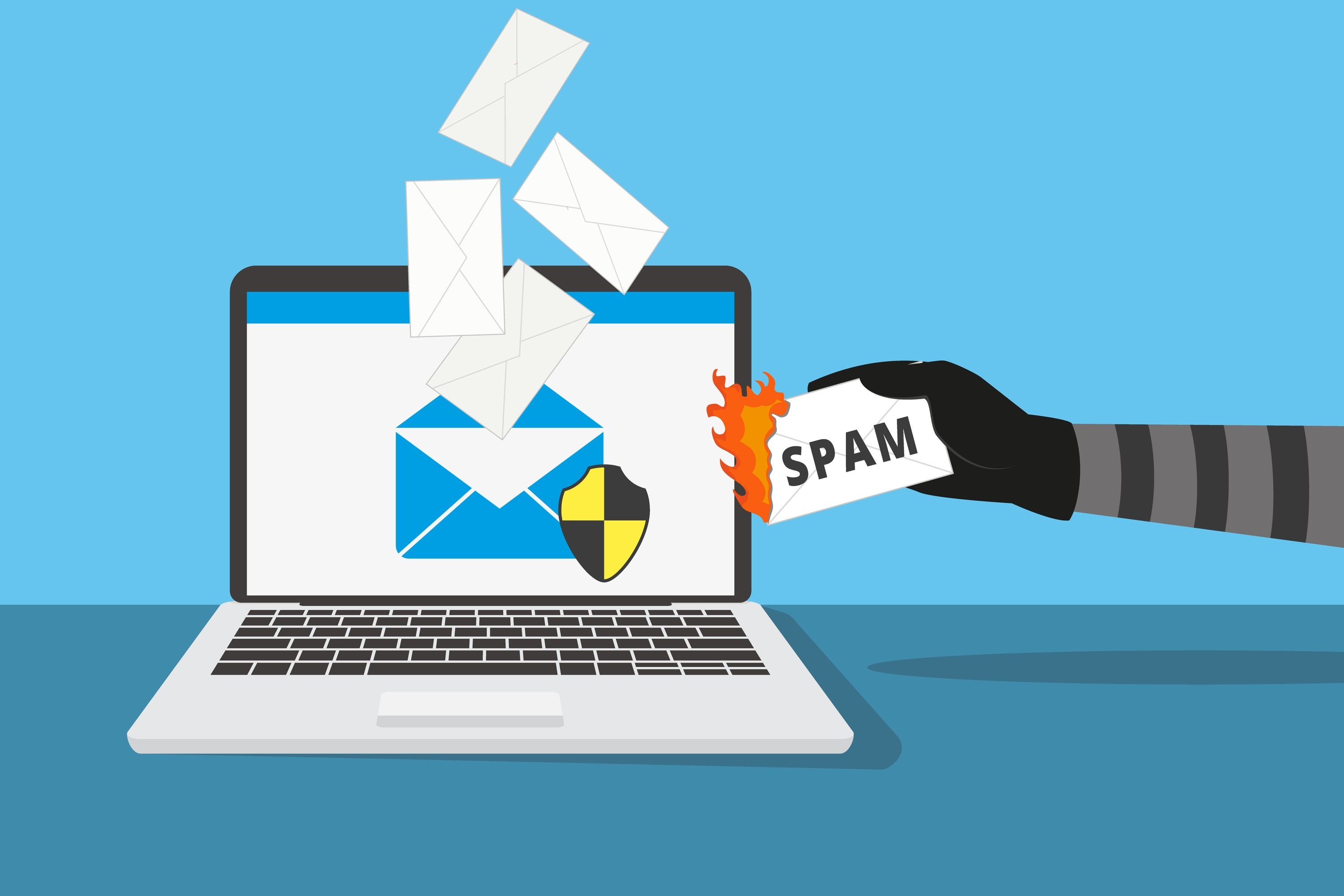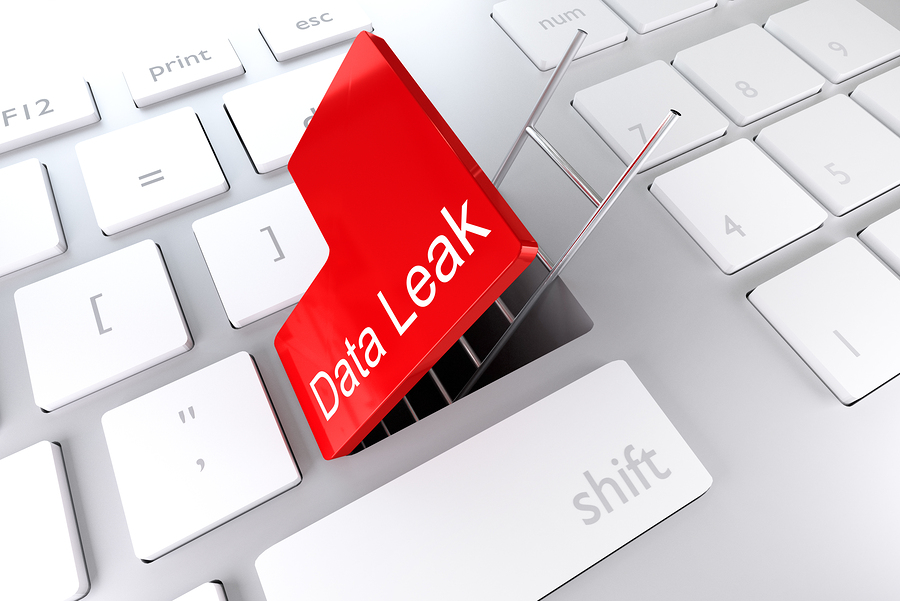It is highly likely that private email accounts will not receive spam emails (except those from email service providers themselves). This is necessary for our personal and business emails, as registering for various services inevitably involves receiving some verification codes and account security emails. In fact, users cannot control the intentions of website and app service providers, and there is a risk of harassment once one's email is made public.
To ensure that important personal and work-related messages are not drowned out by verification and marketing emails, this article recommends that readers first separate their personal, business, and registration email addresses used for various online services and use different addresses for each.
If you need to provide your email on websites or apps that can be publicly searched, it is recommended not to use hi@example.com, but to replace the @ symbol with other symbols to prevent malicious crawlers from obtaining it.
Using Disposable Emails
Many apps and websites require email registration to access certain functions. For those unknown and one-time-use services, especially internet tool and resource download sites, it is prudent not to provide your own email. Harassment emails are not the main problem; whether these service providers can even protect our account passwords is more worrisome.
Using disposable emails can allow you to use these services without exposing your email. Two disposable email services that I use for long-term use are 10 Minute Mail.
As the name suggests, 10 Minute Mail provides an email address that is deleted 10 minutes later. You can also request a random other email address or extend the usage period. It changes the email domain name regularly to prevent being blacklisted by service providers.
If you have a domain name, registering a free domain name email from Ali, Netease, Yandex can also serve as a disposable email.
Email Forwarding and Email Aliases
Disposable emails can be used and discarded at any time, but some commonly used disposable emails have already been blacklisted by service providers; registering once for a service that may be needed later is also inconvenient. In this case, we can consider using email forwarding and email alias functions.
The idea of email forwarding is to first register a disposable email address that can be deleted, and collect messages by forwarding them to the primary email. If you no longer want to use this service one day, simply delete the email address or stop forwarding emails. Currently, most domestic email providers require some effort to register and delete email addresses, and there are even policies like Foxmail that release the address for use by other users after cancellation. Therefore, it is recommended to use foreign email services that make it easier to register and delete email addresses.
Email alias is a simplified version of the above idea. In the case of Outlook that I use, it allows users to create other aliases in addition to the primary address. Configure the alias at this URL, and use this alias to register for network accounts. Logging in to the primary address can receive all alias emails. Aliases can also be deleted at any time.
In addition to manually set aliases, email providers such as Outlook and Gmail offer another type of alias that requires no configuration. For example, if your email address is hi@gmail.com, you can use the alias hi+@gmail.com when registering for online services, such as hi+news@gmail.com for newsletters or hi+jobs@gmail.com for job postings. Emails sent to these addresses will be received by hi@gmail.com, and these aliases can be used in conjunction with email rules.
Disposable email addresses and individually set email aliases are also useful for dealing with service providers who do not truly delete accounts. By changing the email address associated with the account to one that can be cancelled and then deleting the email address, you can indirectly achieve the effect of cancelling the account. This approach can prevent sudden influxes of emails from websites or apps that have not been used in a long time.
Mainstream service providers who value user experience will provide options to turn on/off marketing and notification emails, typically appearing in the following places:
During registration: options such as "Receive service notifications" may appear as small print within the registration options
Account management interface: options such as "Notifications", "Advertisements", "Privacy"
Email footer: a small "Unsubscribe" link.
During registration, users who do not wish to receive "product notifications" should be attentive to whether the first option is pre-selected. The third option can be selectively turned off when receiving advertising emails, but its effectiveness varies by service provider, similar to "TD" messages in text messages.
Service providers who offer the second form of email notification management often provide more detailed categorization. If you want a clean inbox, you can choose to receive only notifications related to account security and close all others.
Managing Emails with Rules
The option to unsubscribe from marketing and notification emails is only offered by a few service providers, and some domestic services send notifications far too frequently, without providing any unsubscribe options. If one is unable to cancel an account or delete an email address, one might find that setting up email aliases and forwarding is all in vain for that particular service provider.
At times like this, email rules come to the rescue. Almost all email services offer rule-based forwarding options, in addition to the option to forward all emails. By using email rules, we can forward emails containing specific keywords or from specific addresses to our primary email address.
Using the hi+@gmail.com format for email aliases, as discussed in the Email Aliases section, is akin to filtering emails at the source. Different types of emails can be directed to different email addresses, allowing us to configure email rules. For example, we can move all recruitment-related emails to the trash and mark newsletter emails as read and move them to a specific folder.
Do Not Disturb Mode on Mobile Devices
Any emails sent at inappropriate times can be considered a nuisance to users, as was mentioned at the beginning of the article. In such situations, we can use the system-level Do Not Disturb mode to disable notification sounds and hide notifications during specific time periods. This does not mean that we will never see the messages, and it will not affect our sleep or work.
Most mobile devices have a built-in "Do Not Disturb" function. For example, on Android, we can search for "Do Not Disturb" in the App settings or long-press the notification bar to access Do Not Disturb settings. In the example below, I have set all notifications to be silent and not displayed, except for WeChat and the alarm, when sleeping or during calendar events.
Conclusion
Some privacy-focused companies make efforts to prevent email address exposure. For example, Apple provides technology to hide a real email address when logging in to other websites, and Cloudflare offers "Scrape Shield" services for hosted websites, which obfuscate email addresses. Readers who use these services should also be aware of them.
If we want to use multiple email addresses, as advocated in this article, it is best to use a password manager. It not only generates high-strength passwords but also helps users manage various internet accounts more easily, eliminating the need to remember different email addresses for different services.
Companies that seek profits will never willingly give up low-cost email marketing channels, but fortunately, email is more free and controllable than text messages. If readers are also troubled by spam emails, they may wish to try the methods mentioned in this article.


